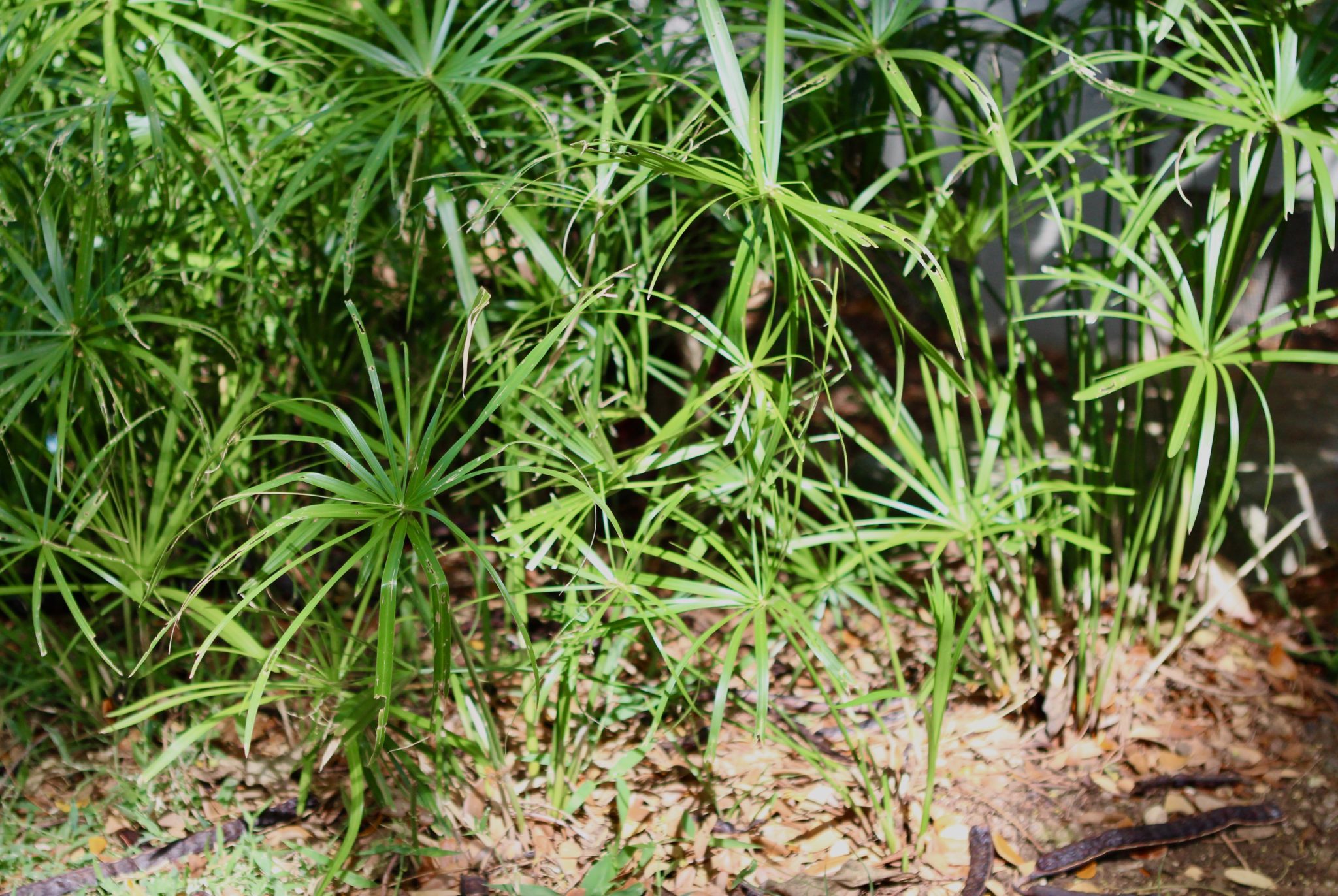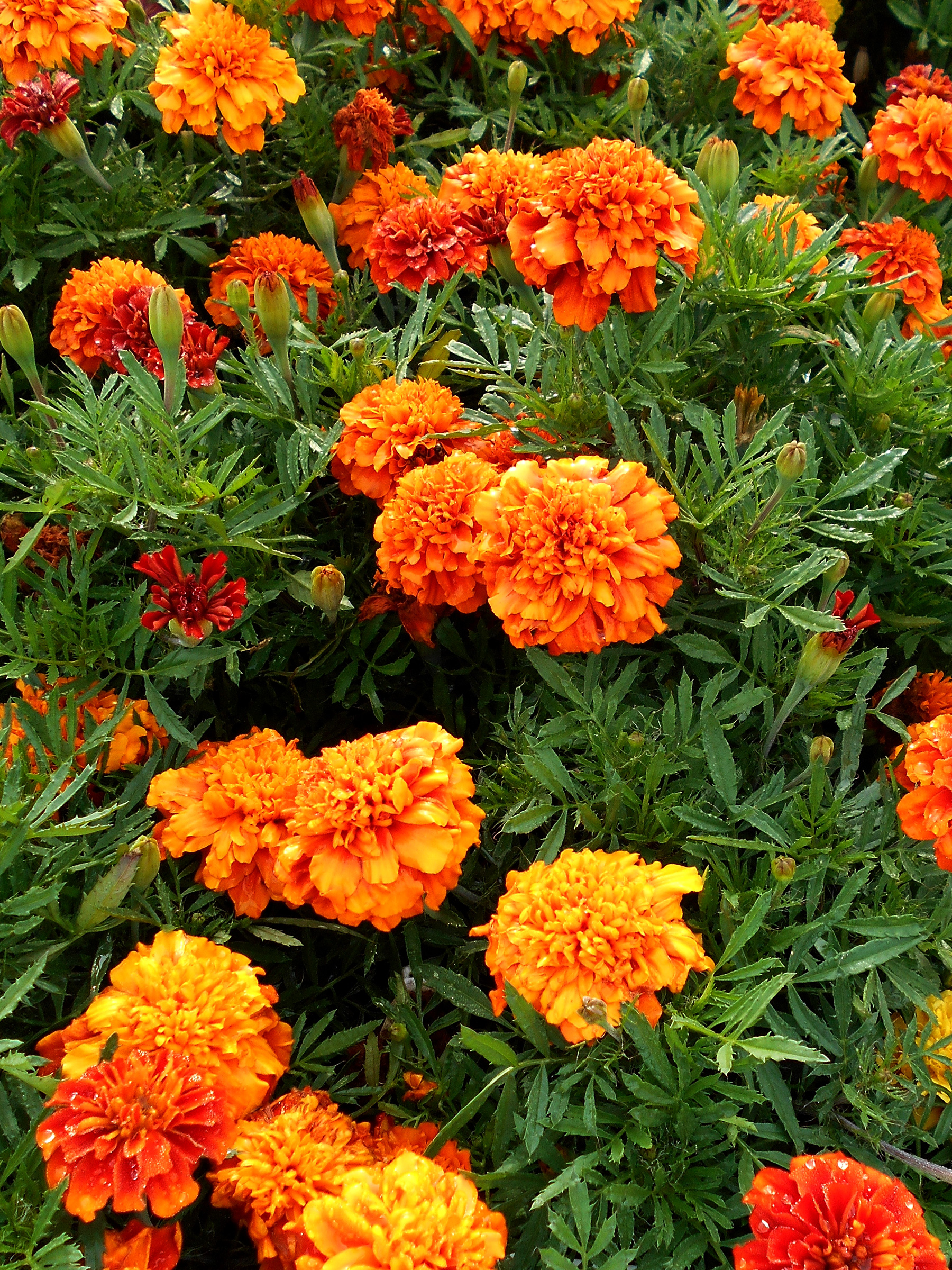

The strips may have been soaked in water long enough for decomposition to begin, perhaps increasing adhesion, but this is not certain. The strips are then placed side by side on a hard surface with their edges slightly overlapping, and then another layer of strips is laid on top at a right angle. The outer rind is first stripped off, and the sticky fibrous inner pith is cut lengthwise into thin strips about 40 cm long. Manufacture and useĪ sheet of papyrus is made from the stem of the plant. Papyrus plant Cyperus papyrus at Kew Gardens, London. Thus in reality, Greek papyros has no known relation to any Egyptian word or phrase. In the Egyptian language, papyrus was known by the terms wadj, tjufy, and djet. However no actual ancient text using this term is known. It is often claimed that Egyptians referred to papyrus as pa-per-aa (lit., "that which is of Pharaoh"), apparently denoting that the Egyptian crown owned a monopoly on papyrus production. Papyrus is also the etymon of paper, a similar substance. This latter usage finds its way into English in such words as bibliography, bibliophile, and bible. The Greek writer Theophrastus, who flourished during the fourth century B.C.E., uses papuros when referring to the plant used as a foodstuff and bublos for the same plant when used for non-food products, such as cordage, basketry, or a writing surface. Greek has a second word for papyrus, βύβλος ( byblos said to derive from the name of the Phoenician city of Byblos). The English word papyrus derives, via Latin, from Greek πάπυρος ( papyros). Papyrology deals with both the interpretation of the contents and preservation of the original papyrus documents.

The study of ancient literature, correspondence, legal archives, and others, as preserved in manuscripts written on papyrus, is called Papyrology.


 0 kommentar(er)
0 kommentar(er)
